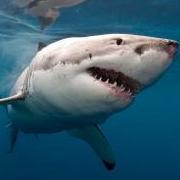-
Topics
-
Latest Update
-
-
0
Selling corals Zoas
Selling corals Zoas Length 6cm growing as well.$22 Collect at woodlands Contact 96565557. Thanks -
1
Coral Decom Sale
Not sure why some of the images aren’t showing for some but have posted them below: Toxic Green Branching Hammer $25 Giant Brownish Green Frogspawn $60 Green Frogspawn $40 Zoa Assortment A,B,C,E,F,G - $30 each D,I - $20 each Green Toadstool $20 Lumi Green Polyp Encrusting Toadstool $20 Bundle Deal: Buy 2, $5 off Buy 3, $10 off Buy 4 or more, 10% off -
0
WTS: Yellow oxide Zoa
$15 collect from Yishun st 81 Hp: 9298 7789 Sent from my SM-A546E using Tapatalk -
0
Codium macroalgae tennis ball size clump
Hello Wts sgd 3 Punggol place 821209
-







Recommended Posts
Join the conversation
You can post now and register later. If you have an account, sign in now to post with your account.